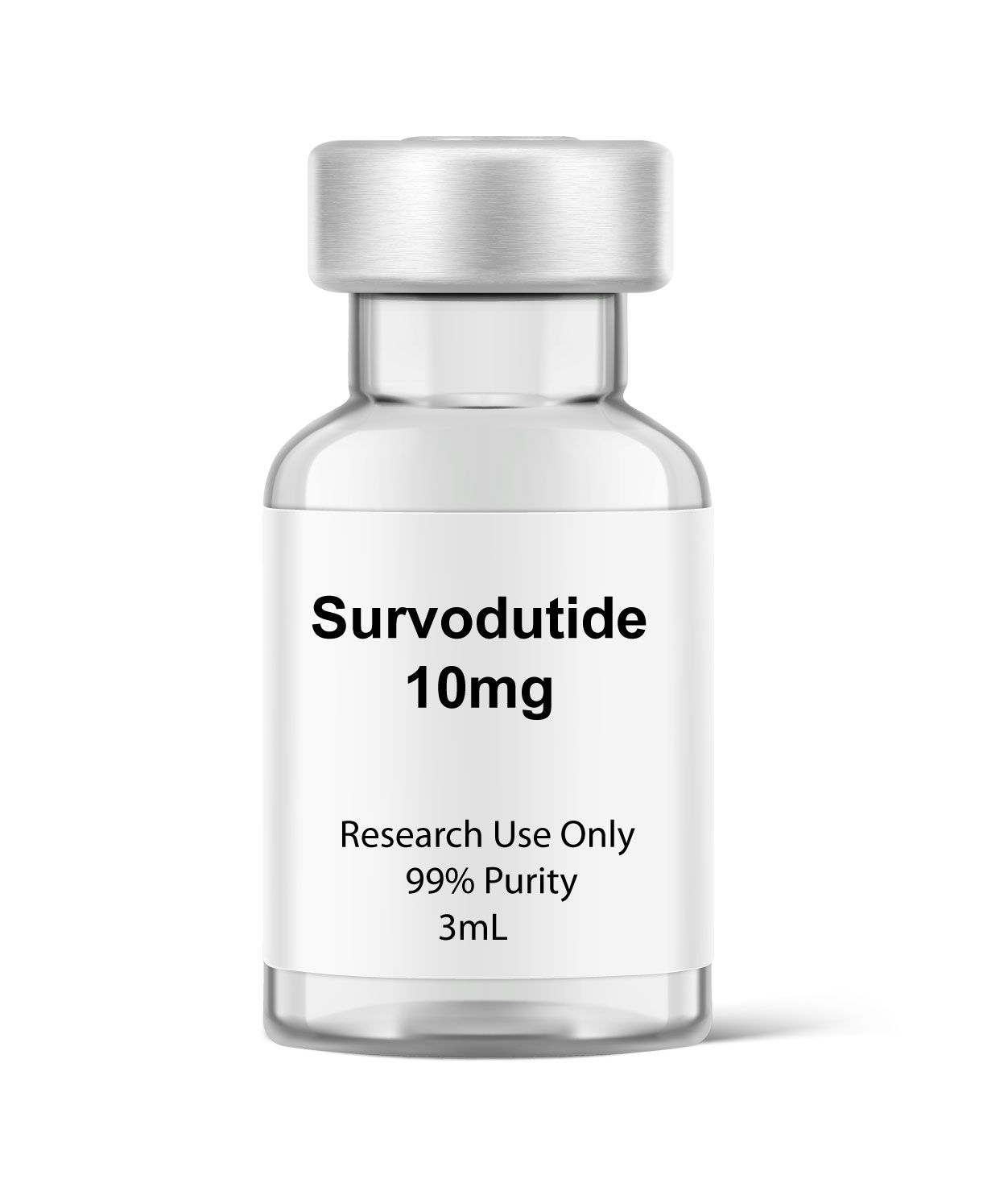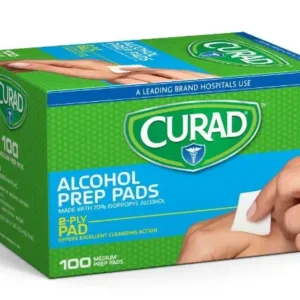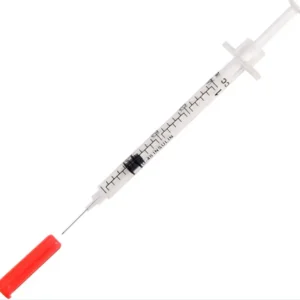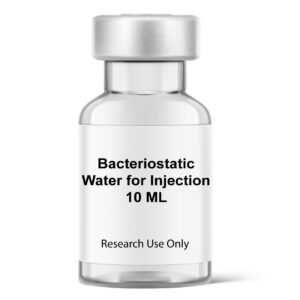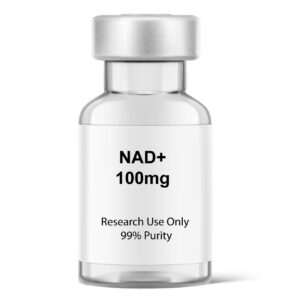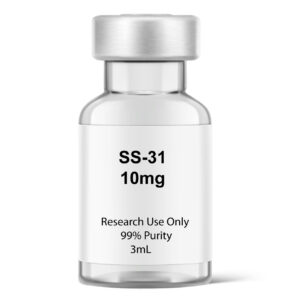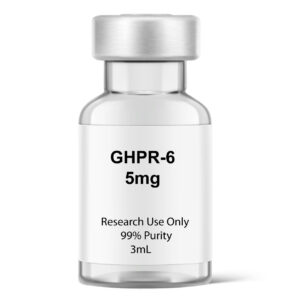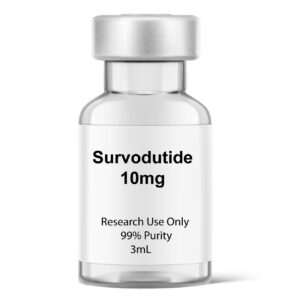Introduction to Survodutide
Survodutide is an investigational synthetic peptide being evaluated for its dual agonist activity at the glucagon receptor (GCGR) and glucagon-like peptide-1 receptor (GLP-1R). Developed by Boehringer Ingelheim in collaboration with Zealand Pharma, it is currently undergoing clinical trials to assess its potential in areas such as energy balance, metabolic regulation, and liver health. Survodutide remains in the research phase and is not approved for any therapeutic or diagnostic use.
This compound is under scientific investigation for its possible role in supporting studies on metabolic function, glucose regulation, lipid metabolism, and hepatocellular dynamics. Survodutide is typically studied as a once-weekly, subcutaneous injectable, though the available formulation and concentration may vary by study design.
Mechanism of Interest
Survodutide is designed to bind and activate two key receptor systems:
GLP-1 Receptor (GLP-1R): Activation of this pathway has been associated with reduced gastric emptying, appetite modulation, and glucose-dependent insulin secretion.
Glucagon Receptor (GCGR): Engagement of this receptor is associated with increased lipid mobilization, hepatic glucose production, and potential increases in basal energy expenditure.
The dual-receptor approach has attracted interest in models examining systemic energy balance, lipid accumulation in hepatic tissue, and cardiometabolic parameters. Synergistic activation of GLP-1R and GCGR is hypothesized to yield combined effects on energy intake and output.
Key Research Areas
Survodutide is a glucagon/GLP-1 receptor dual agonist currently under investigation in preclinical and laboratory research environments. The following research areas have been explored in non-human models and in vitro systems:
Glucose Regulation Models: Studies have examined GLP-1 receptor agonism in relation to pancreatic hormone signaling and glucose homeostasis under controlled experimental conditions.
Hepatic Function Research: Survodutide has been assessed for its effects on liver-associated biomarkers, including lipid metabolism and fibrotic pathways, in models simulating metabolic-associated steatotic liver disease (MASLD) and steatohepatitis (MASH).
Inflammatory and Vascular Biomarker Studies: Investigations in animal models have explored the peptide’s impact on systemic inflammation markers and cardiovascular-related endpoints, including endothelial signaling pathways.
Pharmacokinetic Profiling: Preliminary research suggests consistent pharmacokinetic behavior in specialized animal models with hepatic impairment, aiding in the understanding of dose-response characteristics in altered metabolic states.
Certificate of Analysis
The following technical details outline the properties of Survodutide 10mg, based on available data and assumptions for a 10mg dose.
Property | Description |
|---|---|
Chemical Structure | Synthetic peptide, dual GCGR/GLP-1R agonist |
CAS Number | Not publicly disclosed (investigational drug) |
Molecular Formula | Not publicly disclosed (proprietary peptide) |
Molecular Weight | Not publicly disclosed (estimated ~4–5 kDa for similar peptides) |
Appearance | Lyophilized Powder (reconstituted for injection) |
For Research Use Only:
Survodutide 10mg is intended strictly for laboratory-based experimentation. It is not a drug, biologic, or supplement, and must not be repackaged, relabeled, or promoted for human or veterinary administration. Handle according to institutional safety protocols.

